A Wall of History: The Psychedelic Archives of Walter Medeiros
How a Collector’s Vision Became a Family’s Mission

A Childhood Immersed in Art and Counterculture
Growing up in Berkeley during the 1970s and ’80s, my father’s apartment felt like a bohemian wonderland. My dad’s home wasn’t like anyone else’s—it was a world of its own. The walls were covered in 19th-century art fair paintings, shelves overflowed with records from rock to jazz to punk, and vintage toys peeked out from every corner. Books piled high, ranging from Romantic poetry to the radical politics of the day.

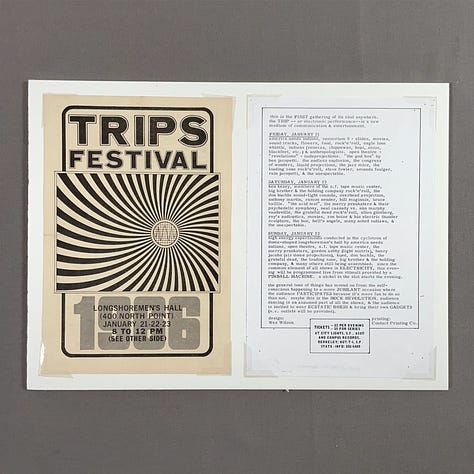
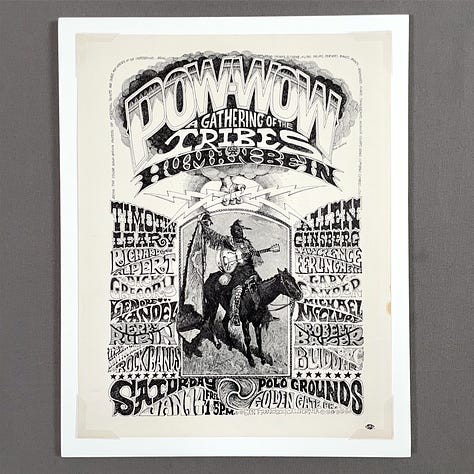


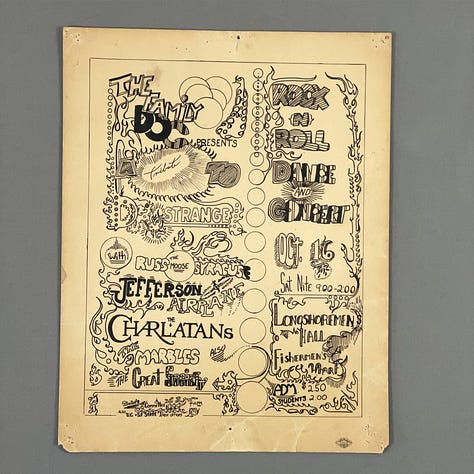
The air hummed with KPFA public radio, and the black-and-white TV flickered with The MacNeil/Lehrer NewsHour. But the real centerpiece was his collection of psychedelic rock posters—bold, surreal, and impossible to ignore.
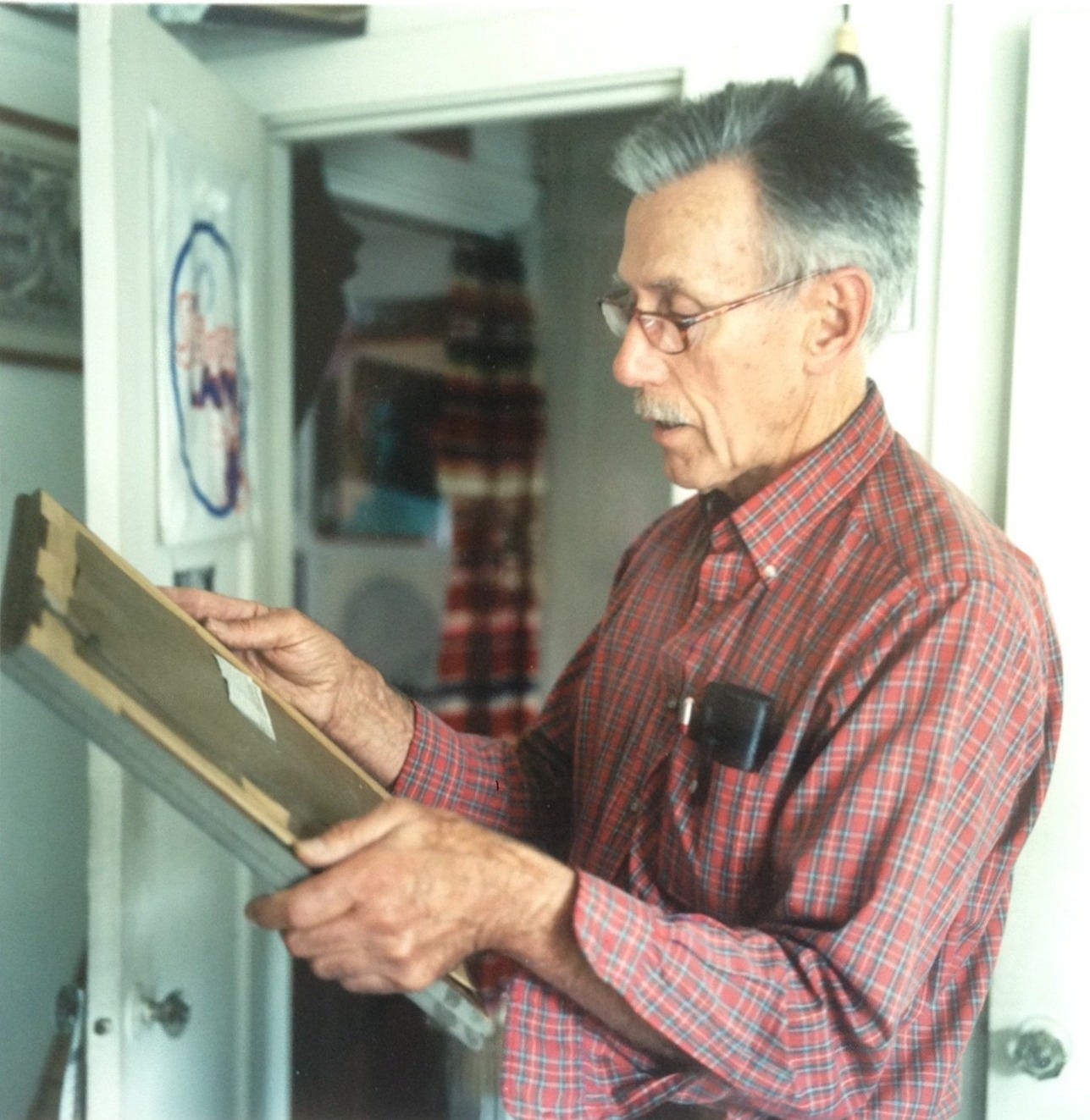
A Bohemian Archivist: Walter Medeiros’ Legacy
My dad, Walter Medeiros (1932–2016), was more than a collector; he was a historian who devoted his life to the art and culture of the 1960s San Francisco scene. Over five decades, he built what he called “The Archive of Counterculture Art,” a vast collection of rock posters, handbills, and underground publications that captured the energy of a movement.

Walter’s work bridged generations, preserving the spirit of a movement defined by its indifference to, and separation from, the mainstream. He forged friendships with iconic artists like Wes Wilson and Stanley Mouse, visiting their studios and even witnessing Mouse’s original airbrush work for the Grateful Dead. His friendships with artists like Wes Wilson and Stanley Mouse gave him rare access to their creative process, making his knowledge as deep as his passion.
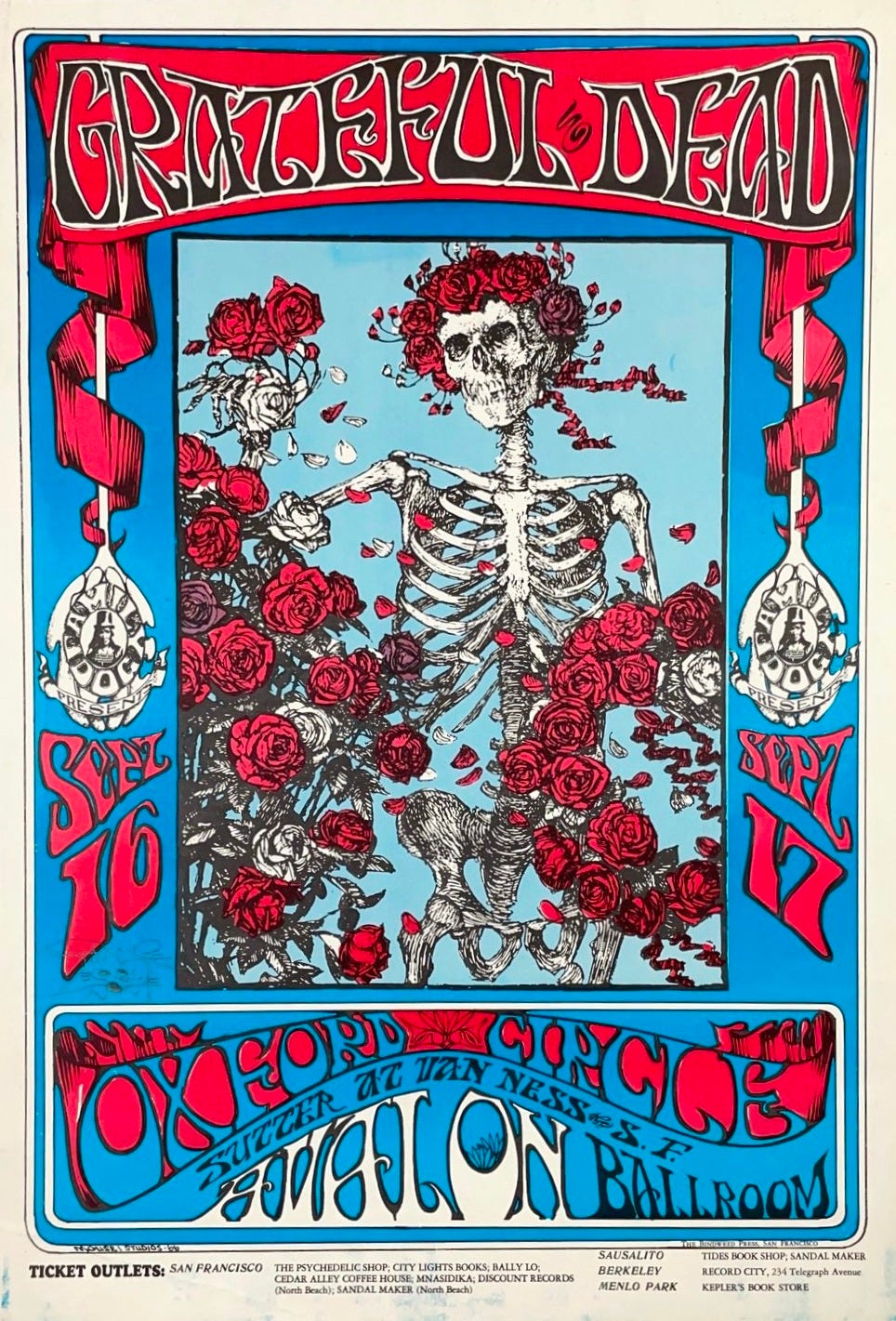
One of the most treasured pieces in Walter’s collection is the Grateful Dead Skeleton & Rose poster by Mouse and Kelley (Family Dog #26, 1966). Signed by Stanley Mouse himself, it’s arguably the most iconic psychedelic rock poster ever created—a fitting centerpiece for a collection built on passion and artistic reverence.
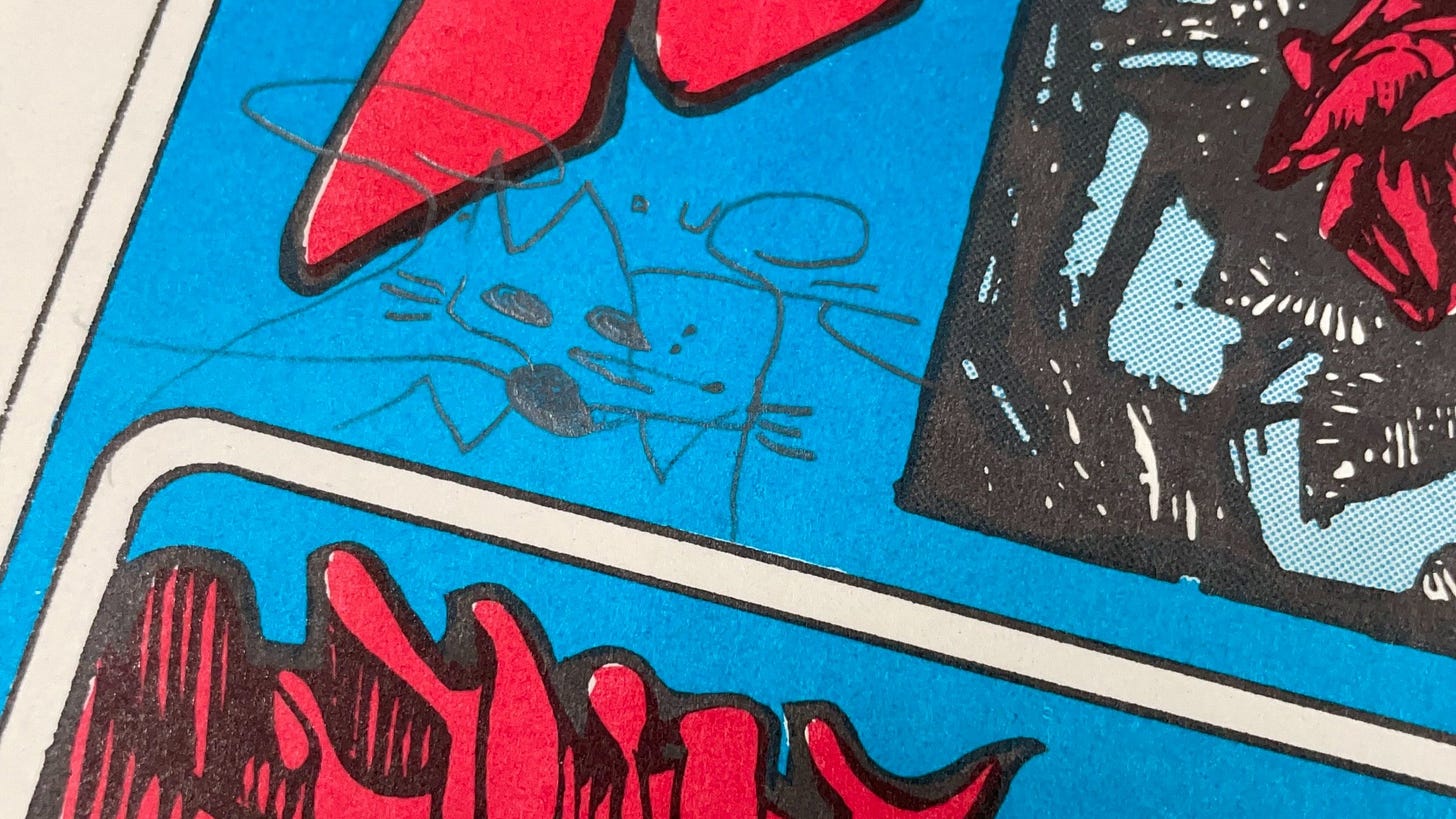
The Definitive Thesis on Psychedelic Rock Posters
In 1968, my dad enrolled at UC Berkeley to pursue a master’s degree in art history. Four years later, he completed his thesis, San Francisco Rock Posters: Imagery and Meaning—a deep dive into the visual language and cultural impact of psychedelic posters. He didn’t just analyze their evolution; he sat down with the artists themselves, recording their stories, their inspirations, and the creative risks they took.
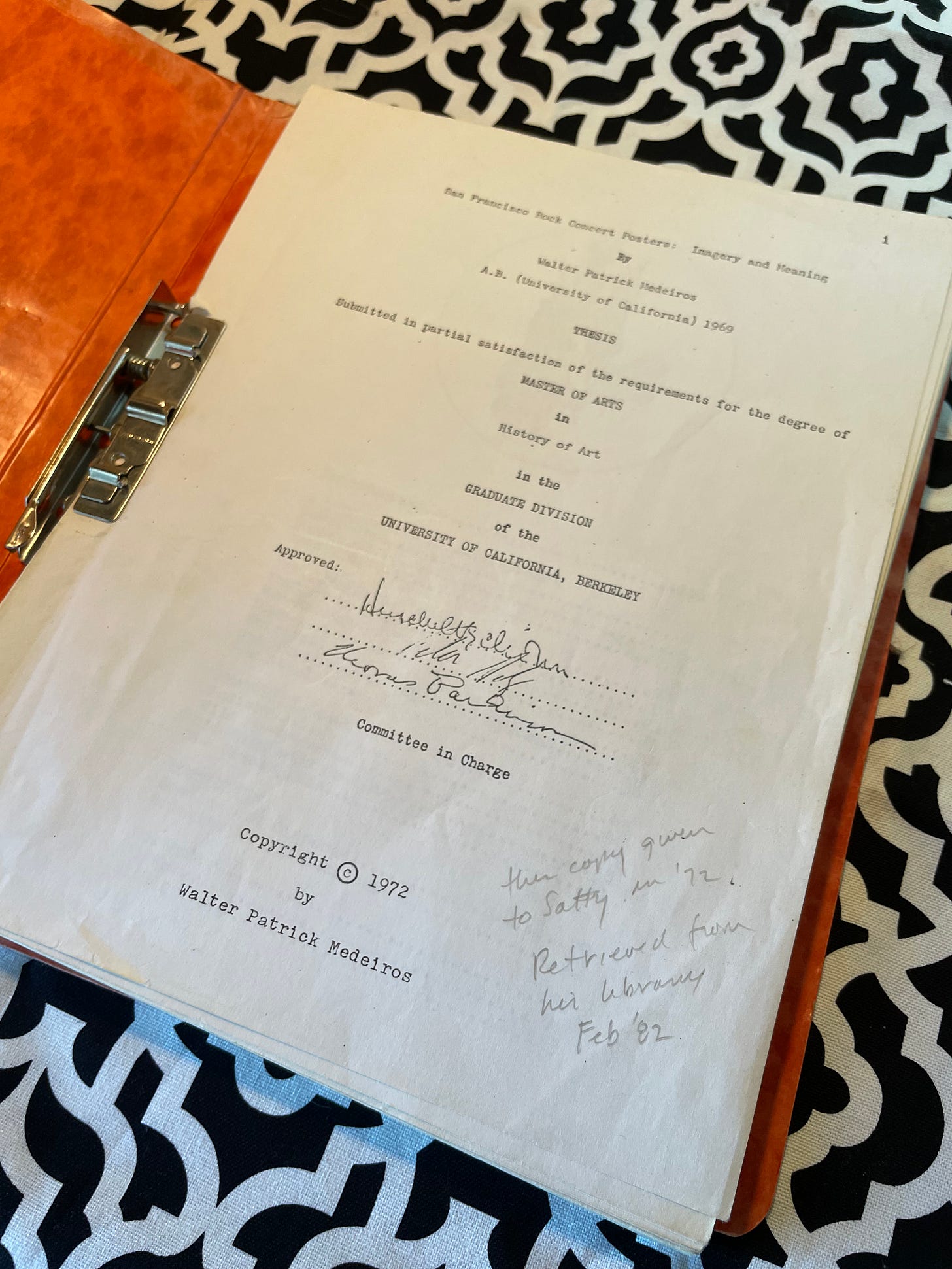
One copy, which he had given to his friend Wilfried Sätty, found its way back to him a decade later while he was managing Sätty’s estate—one of those full-circle moments that must have felt both surreal and bittersweet.
Curating a Landmark Exhibition at SFMOMA
My dad’s expertise led to one of the defining moments of his career—the 1976 SFMOMA exhibition From Frisco with Love: An Introduction to the Dance Concert Poster. It was the first time psychedelic rock posters were displayed in a major museum, bringing them out of crash pads and head shops and into the world of fine art.

He worked tirelessly to shape the show, writing detailed notes about the artists and their impact. Decades later, those notes surfaced again in his archive, offering a glimpse into the thought process behind an exhibition that helped cement these posters as more than just concert ads.
A Family Affair: Inheriting the Vision
When my dad passed away in 2016, my sister Molly DeCoudreaux and I found ourselves responsible for something much bigger than a collection.
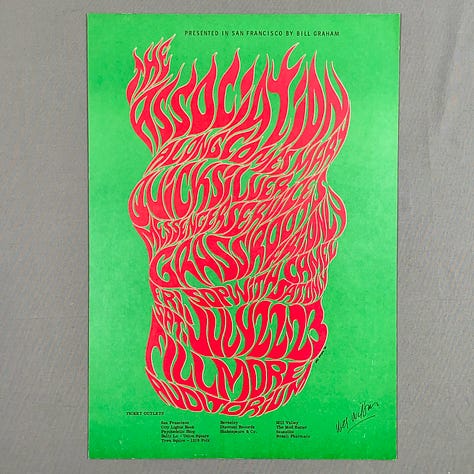







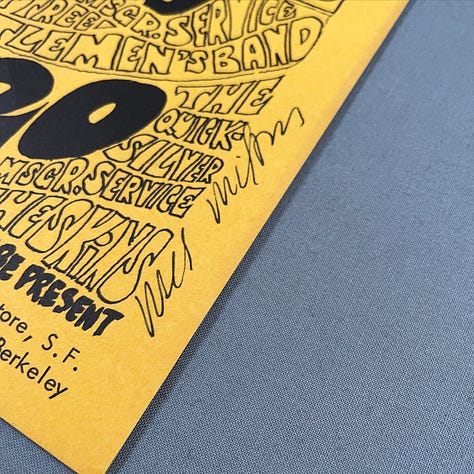
This was his life’s work—thousands of posters, handwritten notes, and cassette tapes filled with interviews from the artists who created them. We grew up surrounded by these swirling colors and bold typography, and now we had the chance to continue his mission: to preserve, document, and share this extraordinary history.
Beyond the Collection: The Stories Behind the Art
Among the most treasured pieces in the archive is The Seed, a 1965 Charlatans concert poster considered the first true psychedelic rock poster. Its ornate, 19th-century-inspired lettering and freeform design set the stage for an entire movement.
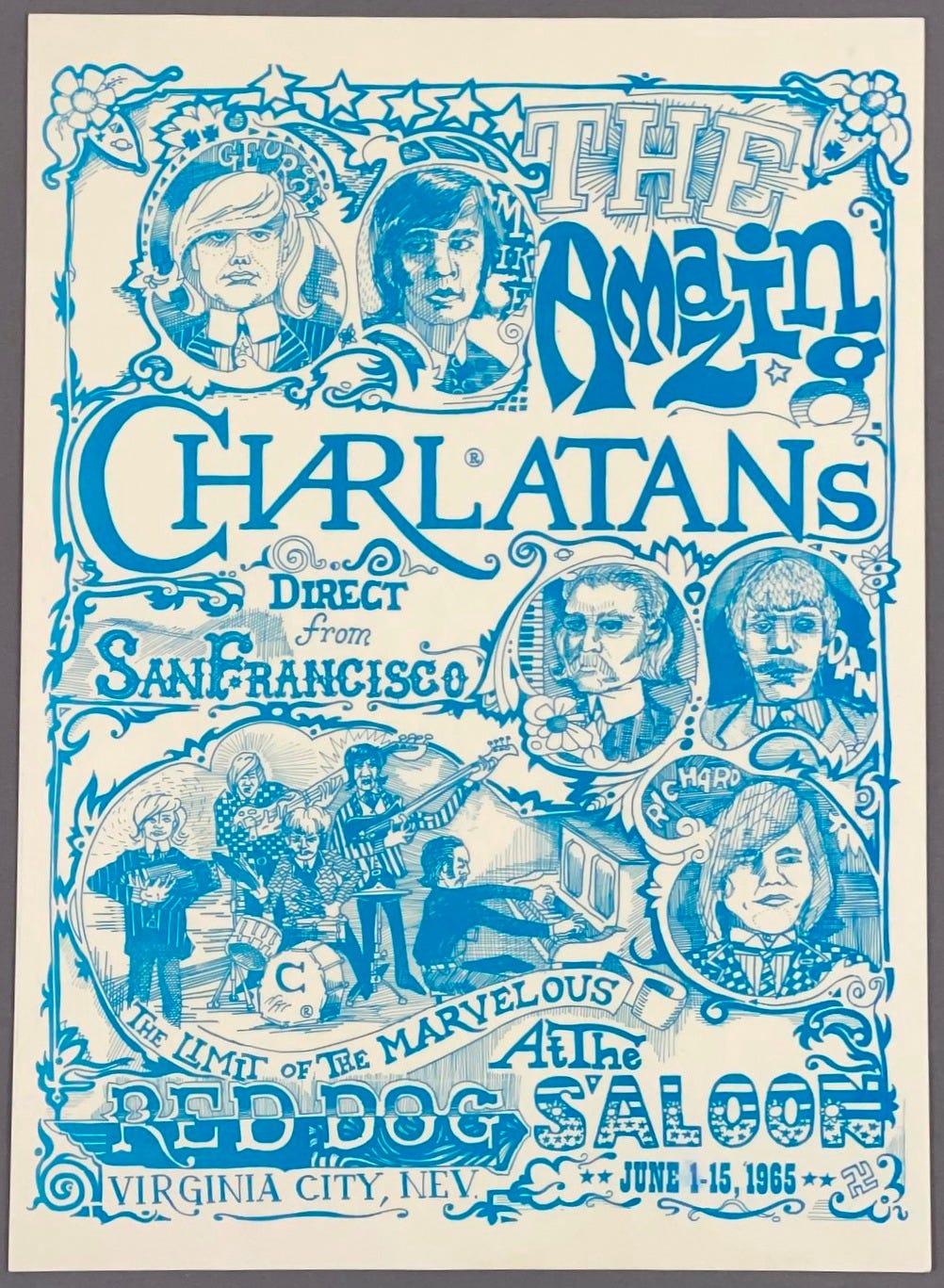
My dad also recorded hours of conversations with artists like Stanley Mouse and Alton Kelley—candid, behind-the-scenes glimpses into their creative worlds. Each tape and journal entry adds another layer to the story of this countercultural movement.
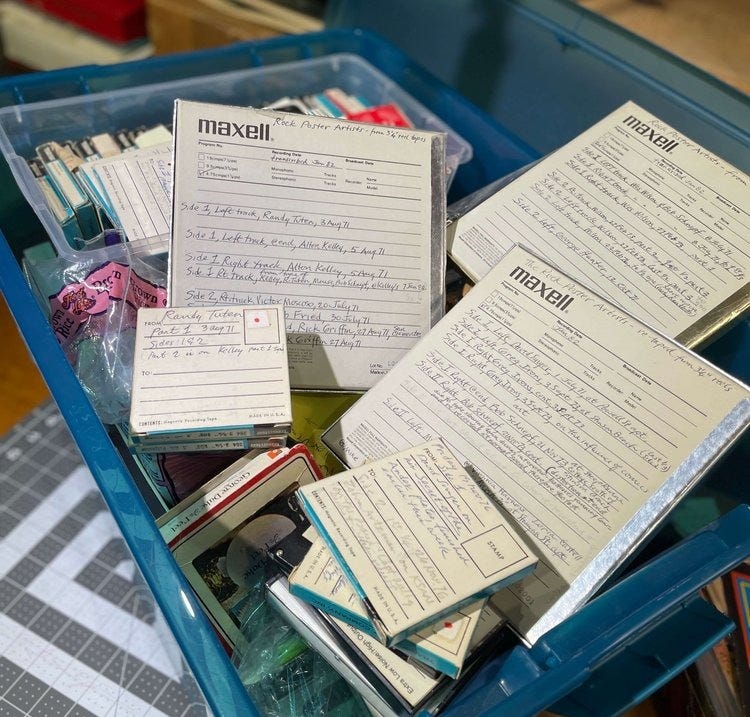
A Friendship with Wilfried Sätty
Among Walter’s closest friends was the visionary artist Wilfried Sätty. As Sätty’s executor for over 30 years, Walter championed his surreal, dreamlike work, ensuring it found a rightful place in the art world.
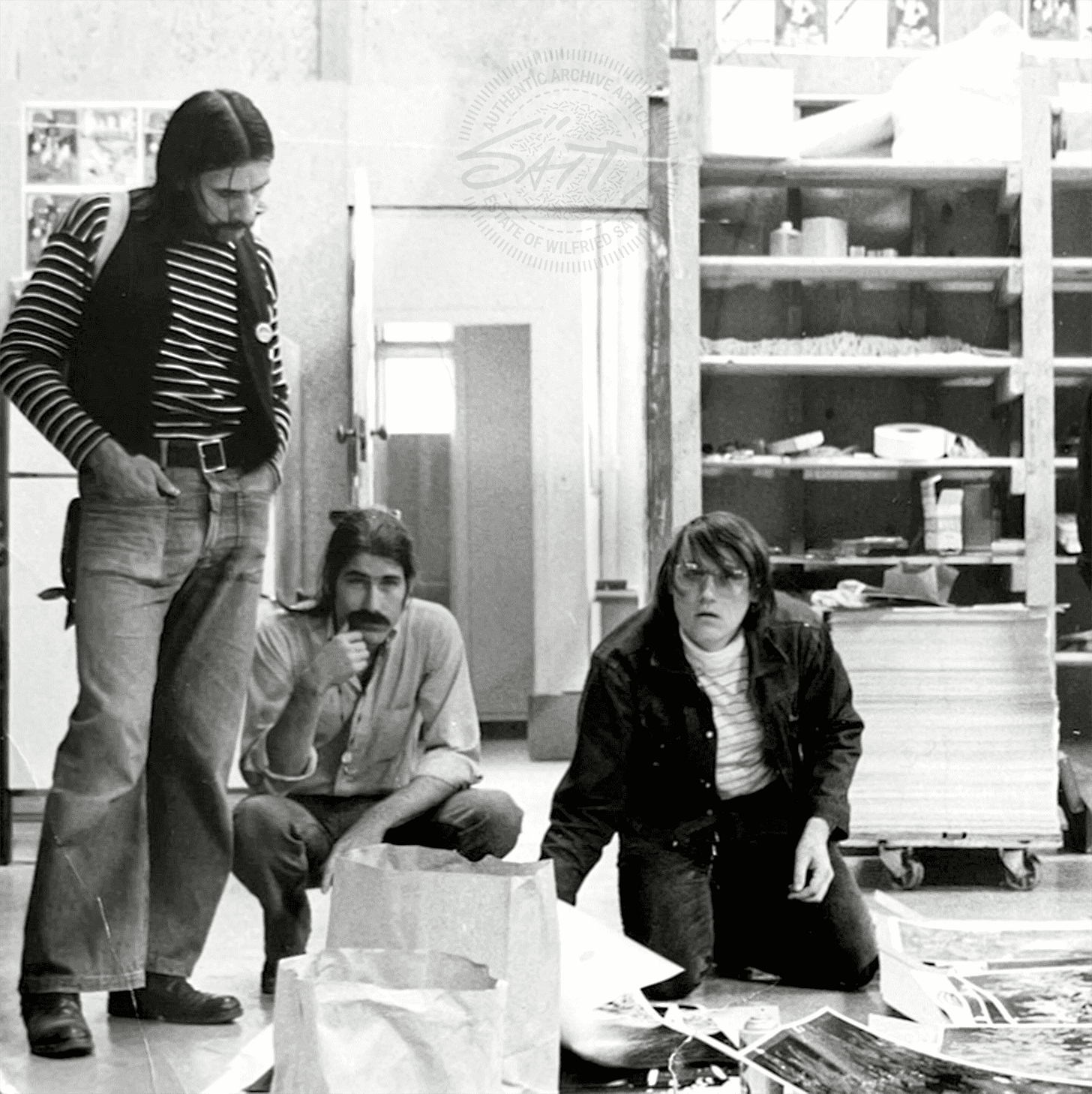
Preserving the Past, Sharing the Future
Growing up, I saw my father’s deep connection to this art form. Our home was filled with these incredible posters, and we often visited the artists themselves. Yet, I never fully grasped the magnitude of his contributions. He was one of the world’s foremost experts on psychedelic rock posters, yet he never boasted about it. That was just who Walter Medeiros was—an old-school scholar who let his work speak for itself.
Looking back, I wish we had talked about his work more. I wish I had asked him more questions, dug deeper into his experiences, and understood the full scope of what he had accomplished. But now, I have the opportunity to explore his legacy further. His journals, thesis, and exhibition notes hold untapped insights, and I plan to uncover and share them with the world.

Walter’s archive remains a treasure trove of counterculture history, but it’s also a call to action. My sister Molly and I are committed to preserving and sharing his collection with the wider world. We dream of seeing it exhibited in museums and cultural institutions, where younger generations can discover the artistry and ideals of a transformative era.
Walter Medeiros: A Collector, Historian, and Visionary
My dad built something far bigger than a personal collection. He created a living record of a moment in time, a window into an era when art and rebellion went hand in hand. As my sister and I continue to explore his archive, we’re discovering new details about the culture he dedicated his life to preserving. Our goal is to share it—through exhibitions, publications, and whatever else the future holds—so that new generations can experience the spirit of the psychedelic era the way he did.
His work reminds us that art is more than decoration—it’s a lens through which we can understand history, rebellion, and hope. By sharing this collection, we hope to honor Walter’s vision, celebrating not just the posters, but the Bohemian spirit they represent.

“Walter Medeiros didn’t just collect rock posters; he captured a moment in time. And through his archive, that moment lives on.” — Ryan Medeiros
About the Author
Ryan Medeiros is a designer, artist, and educator based in the San Francisco Bay Area. As co-executor of the Walter Medeiros estate, he is committed to honoring his father’s extraordinary legacy by preserving and sharing the iconic collection of counterculture art and memorabilia that defined a generation.




